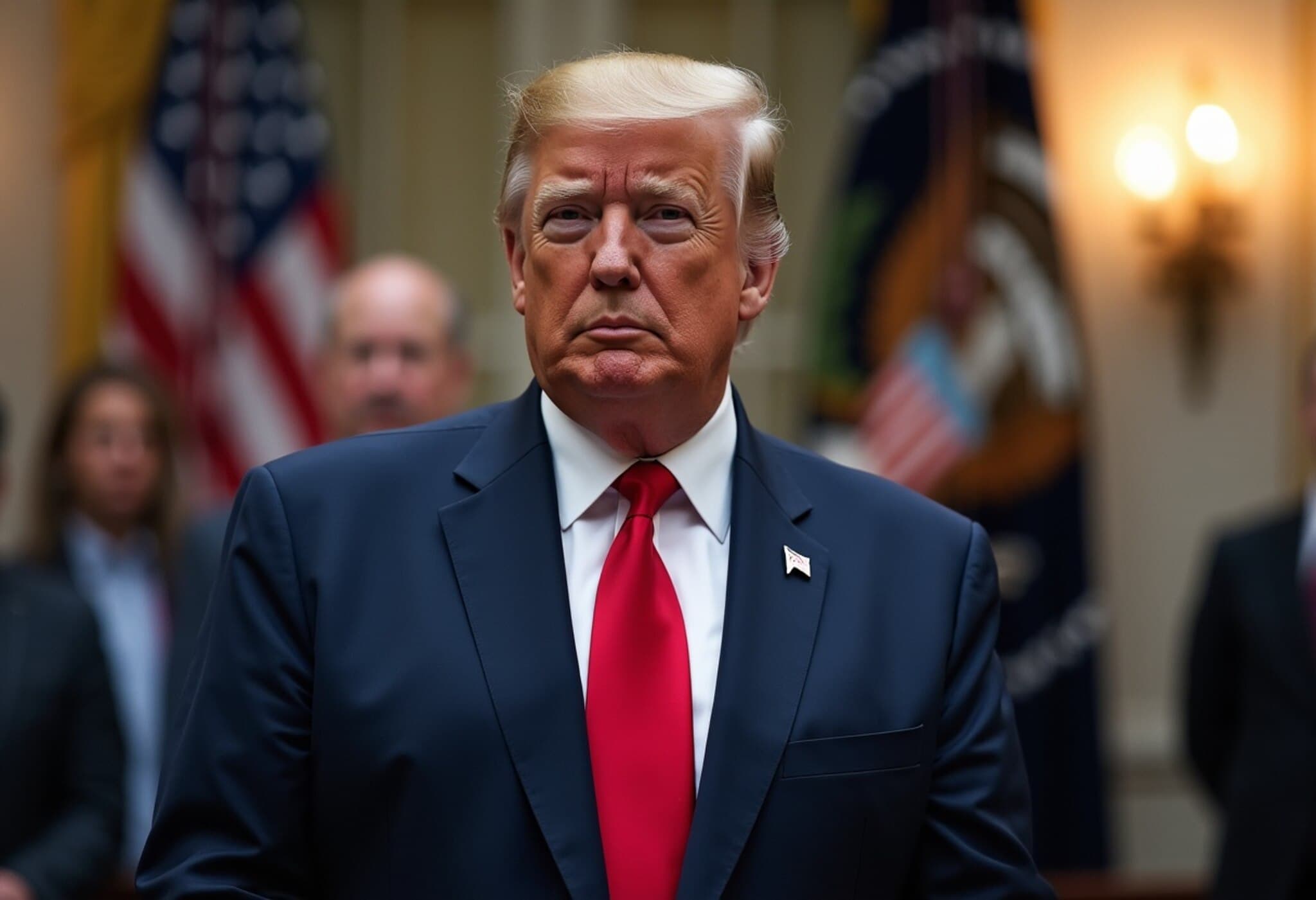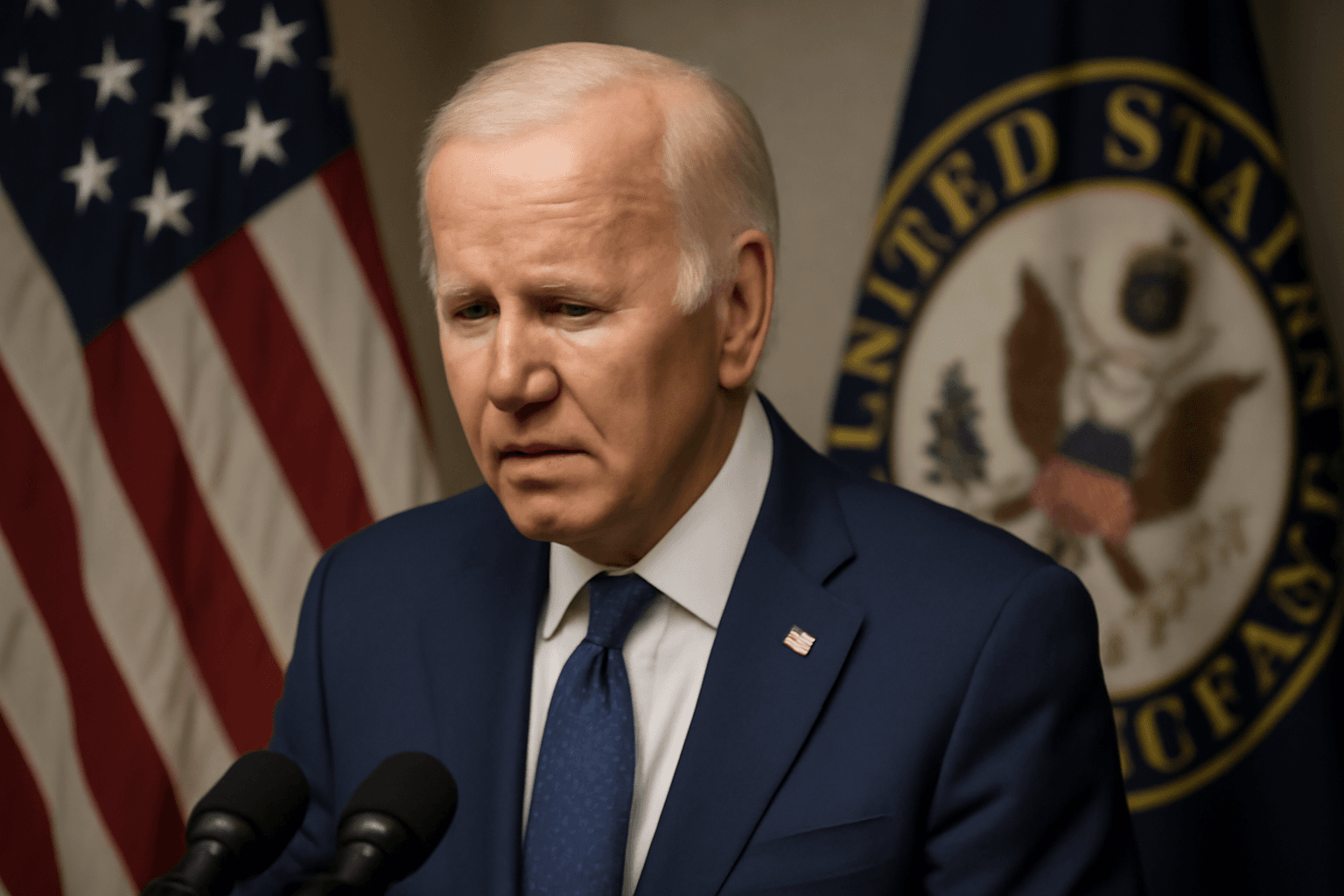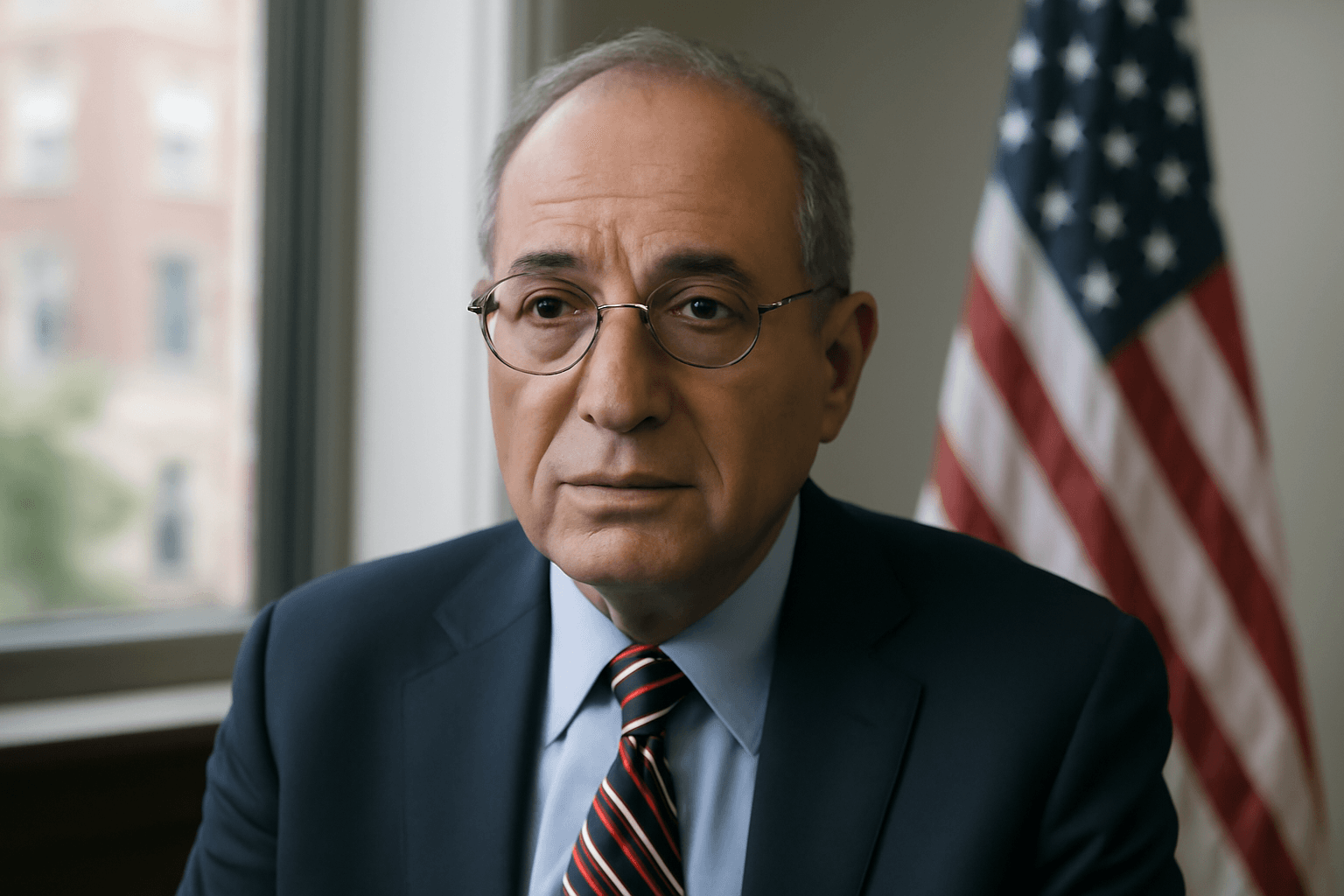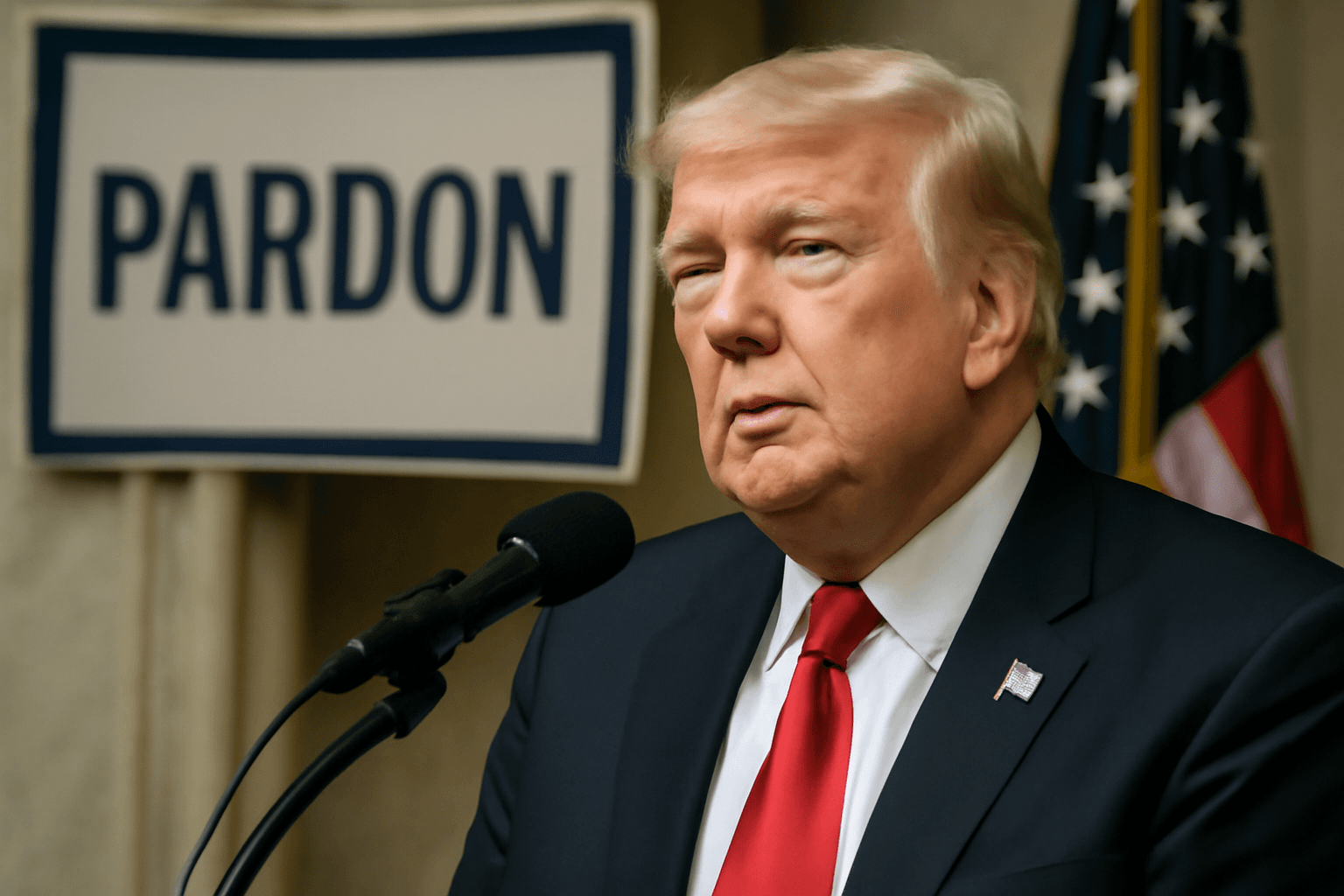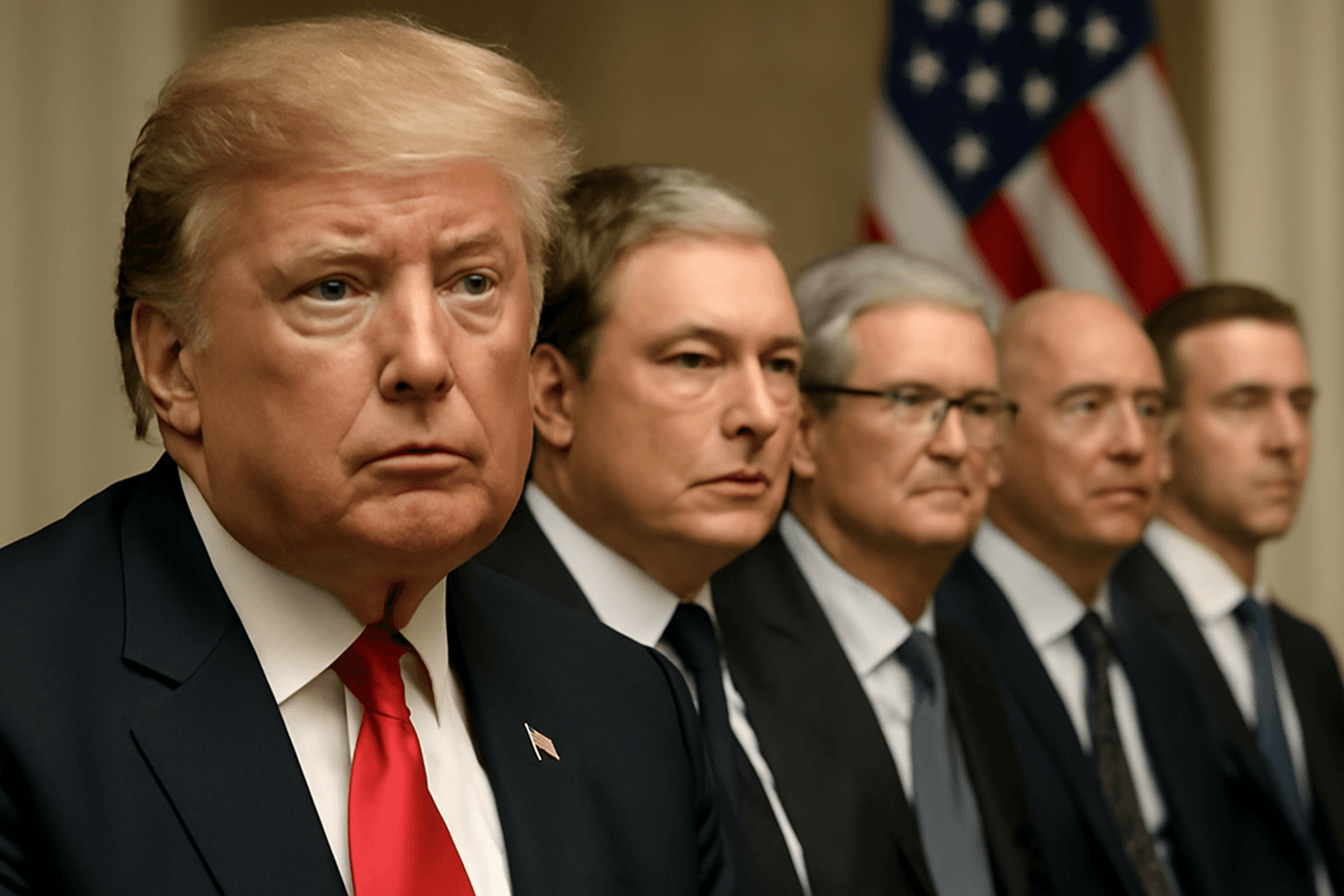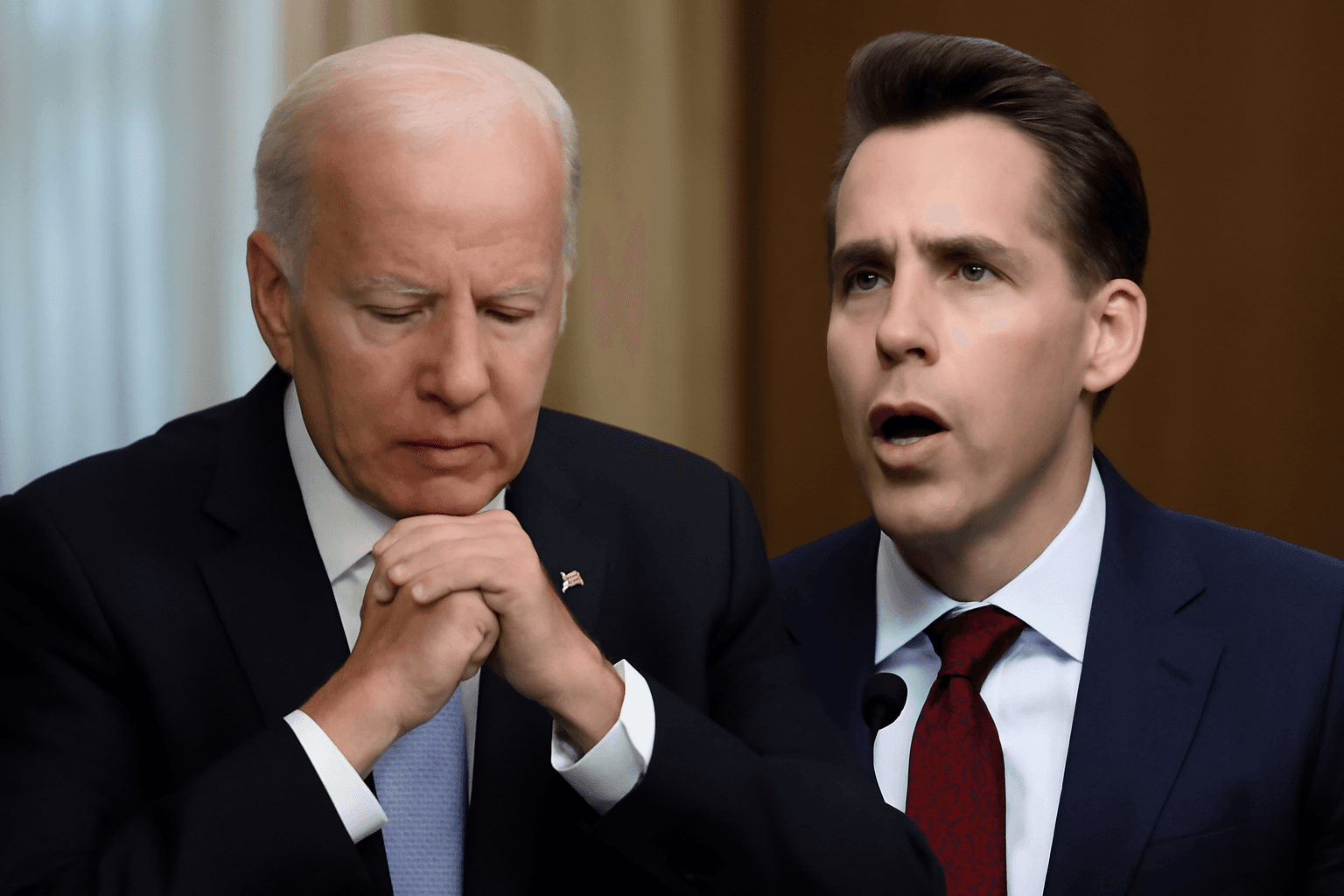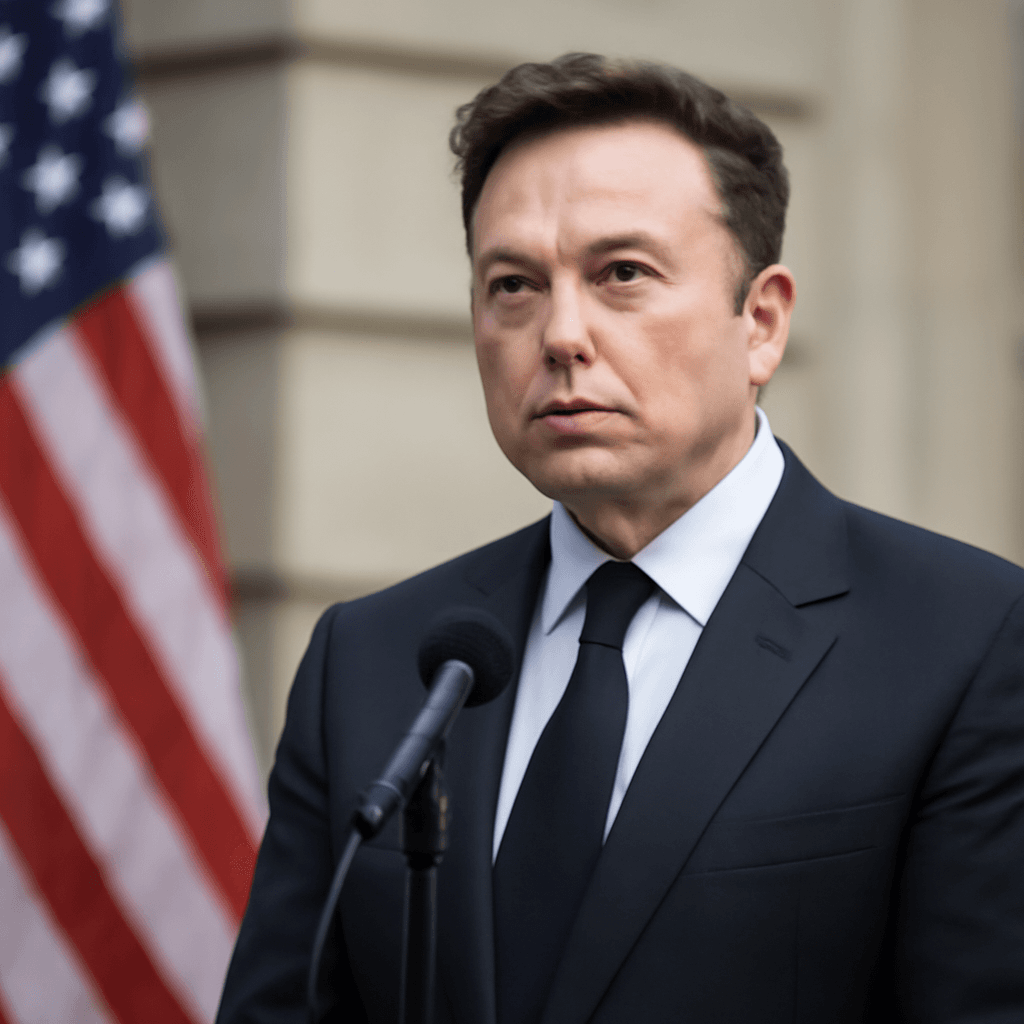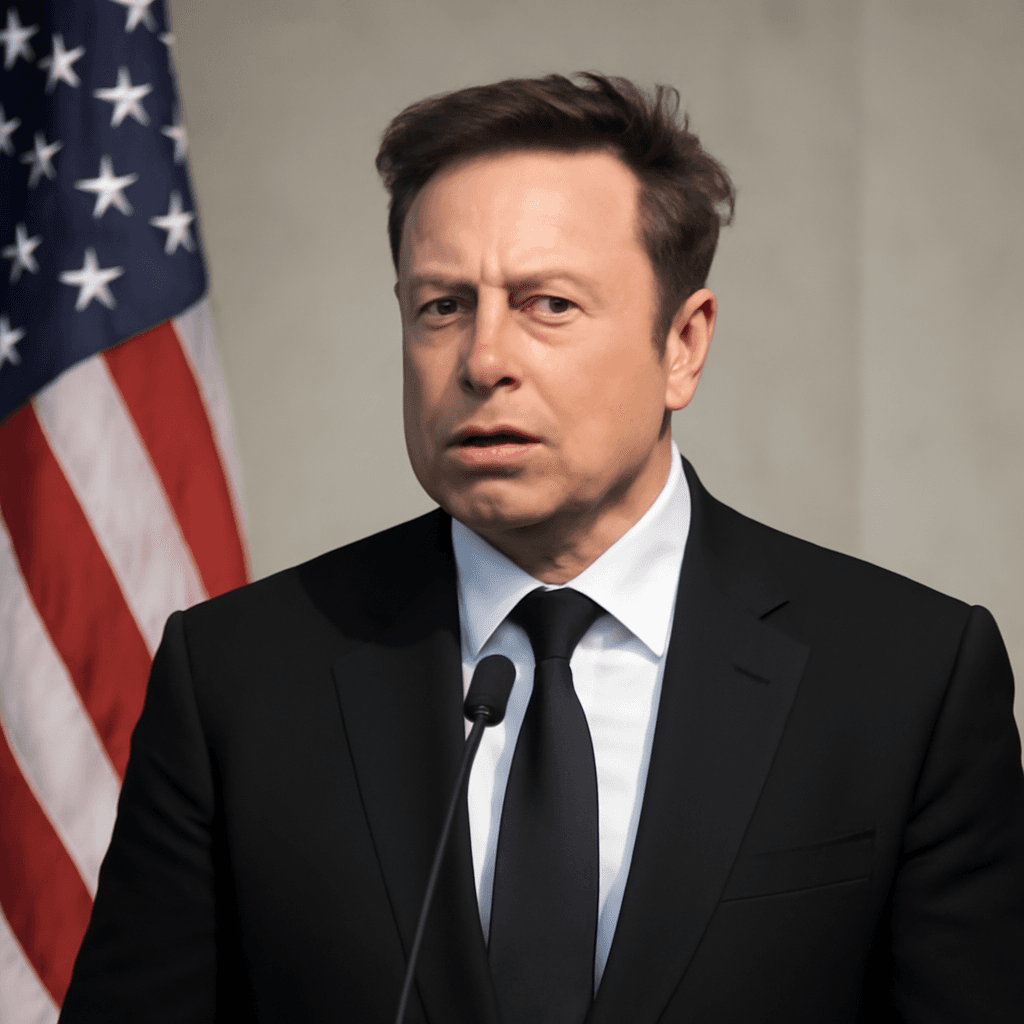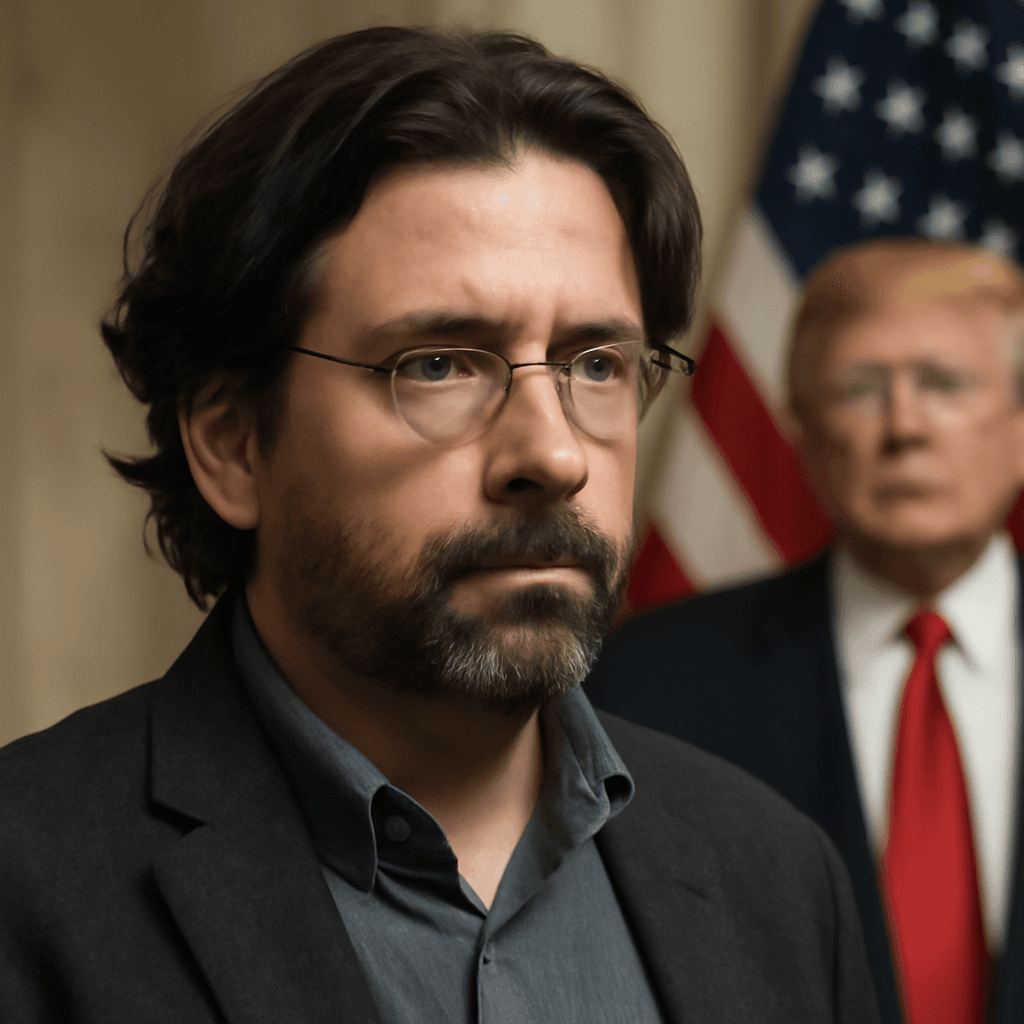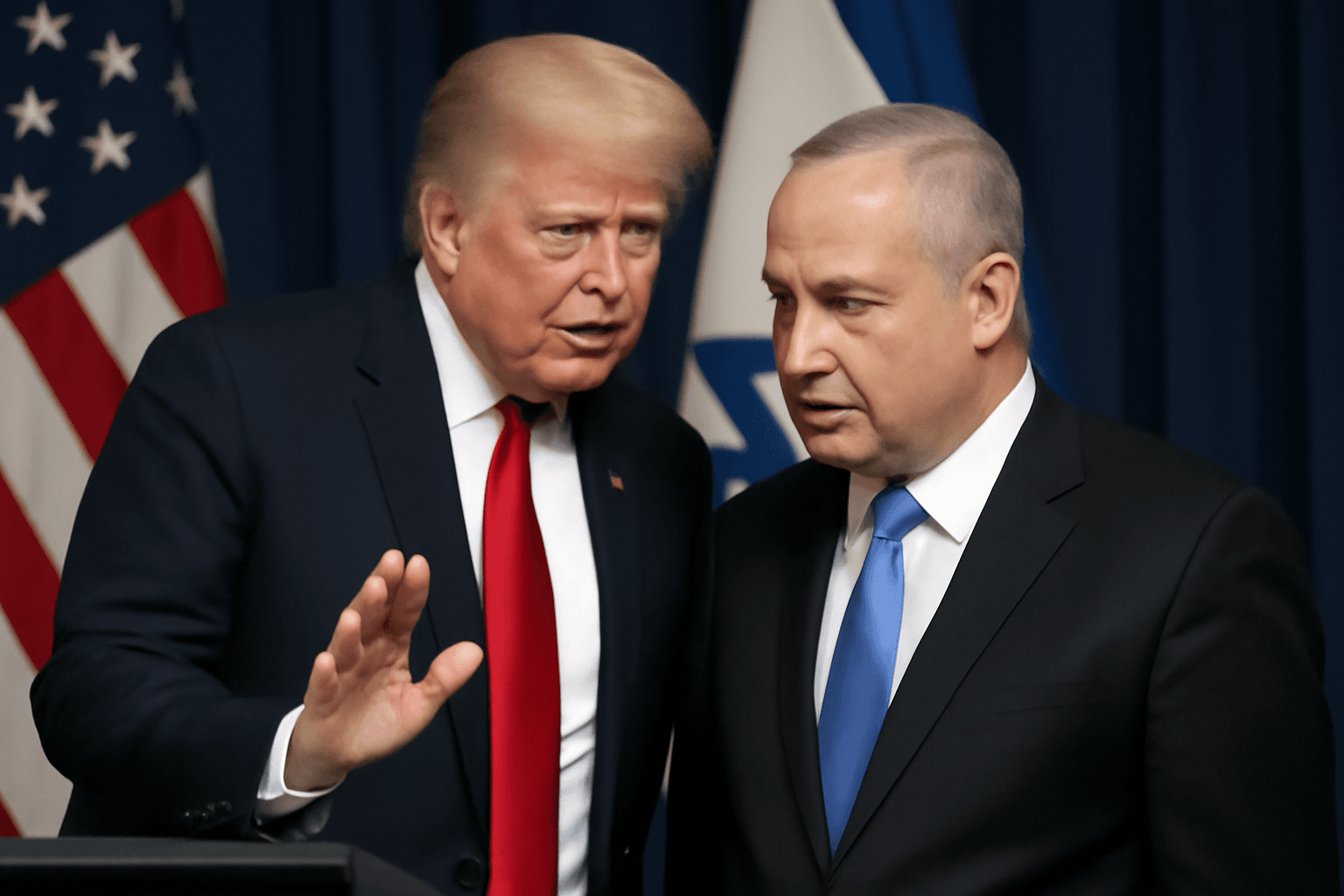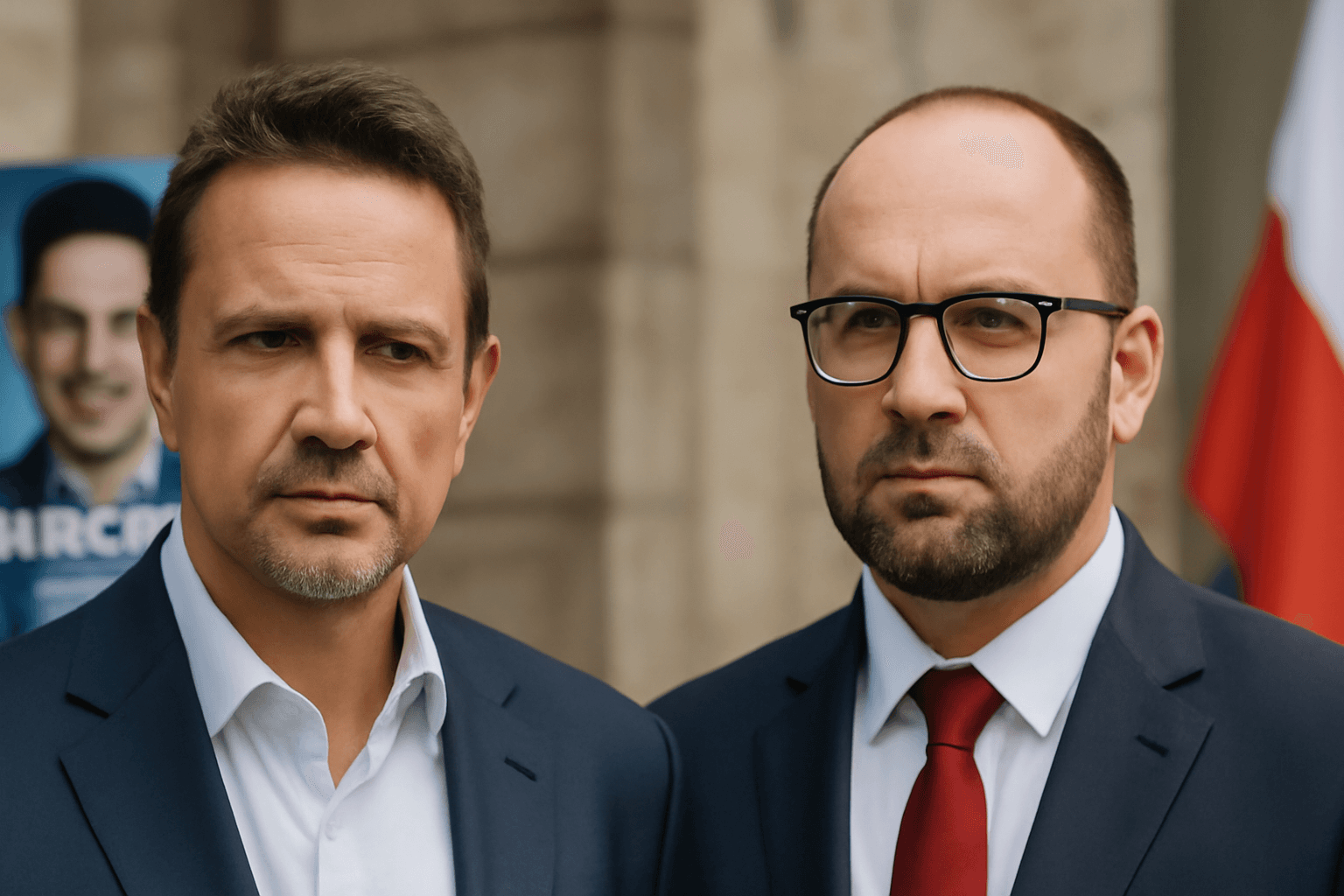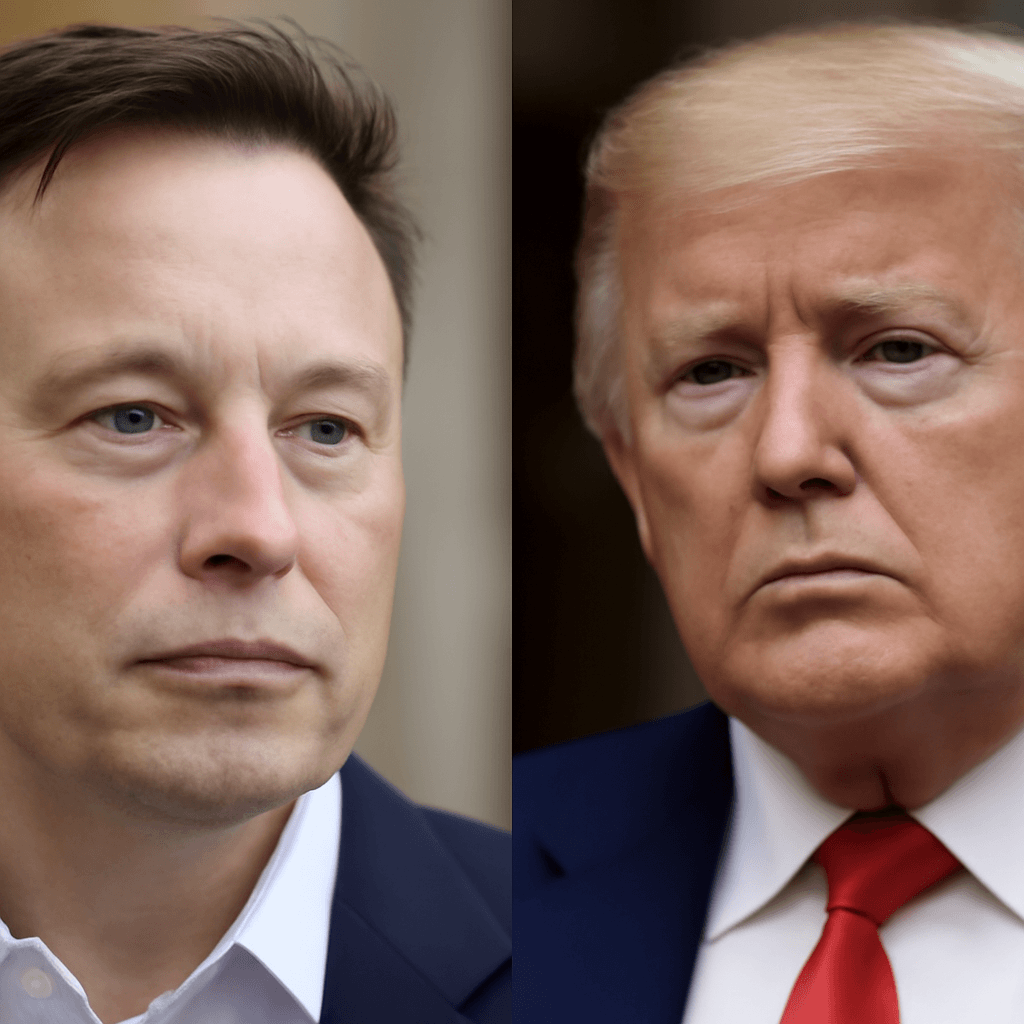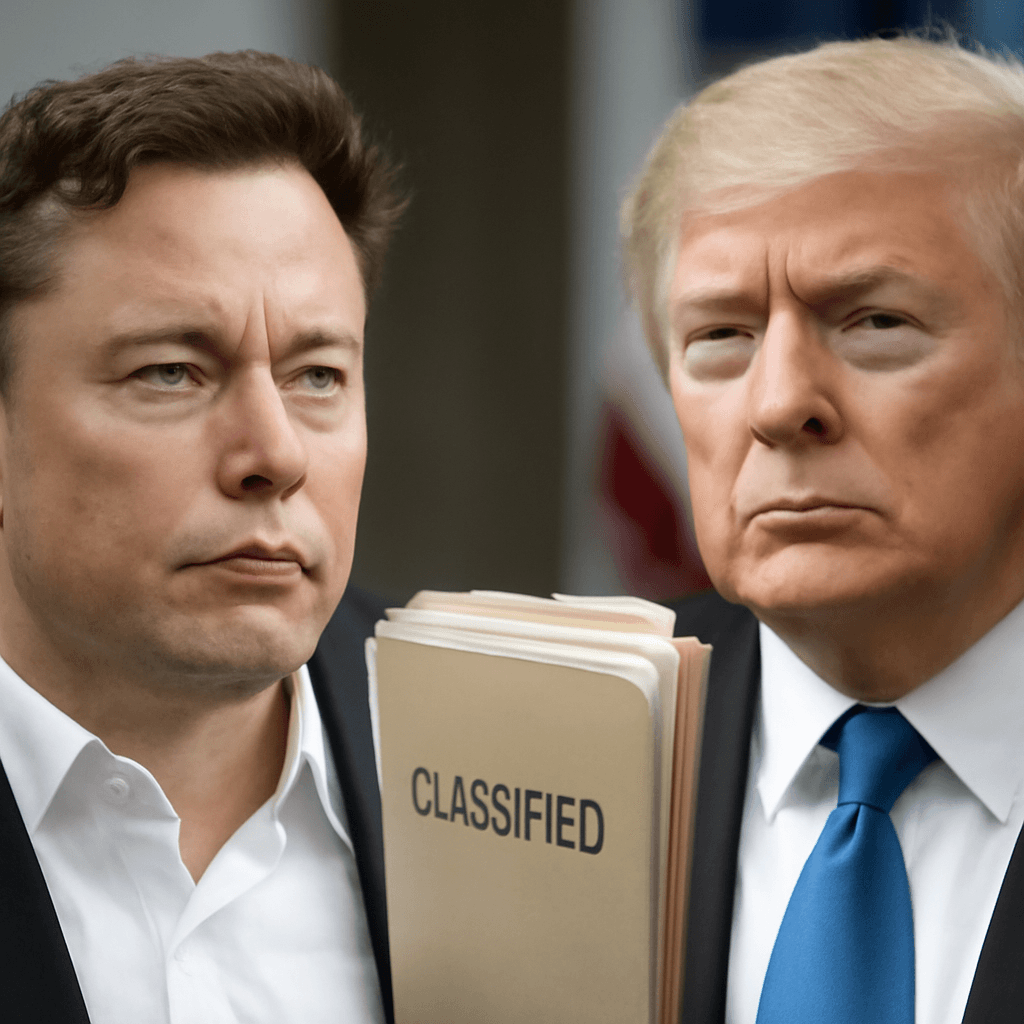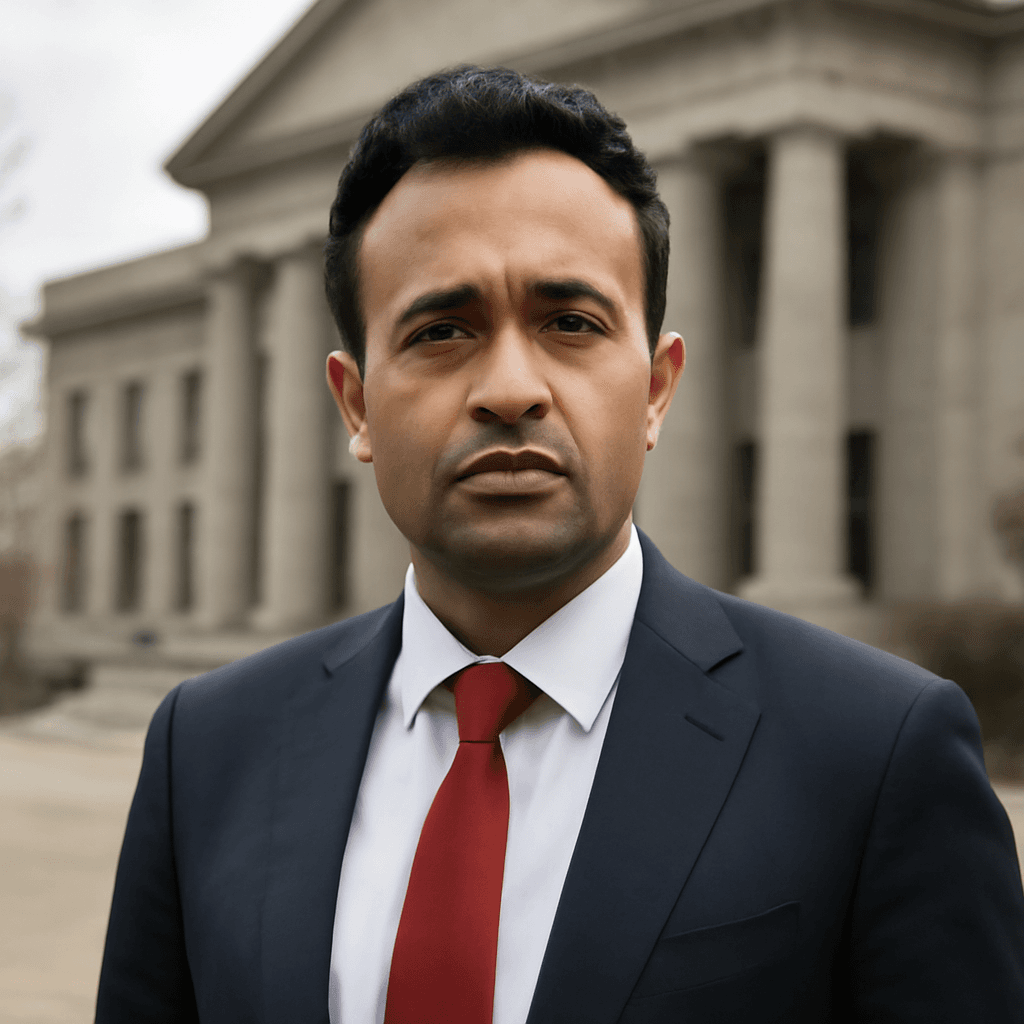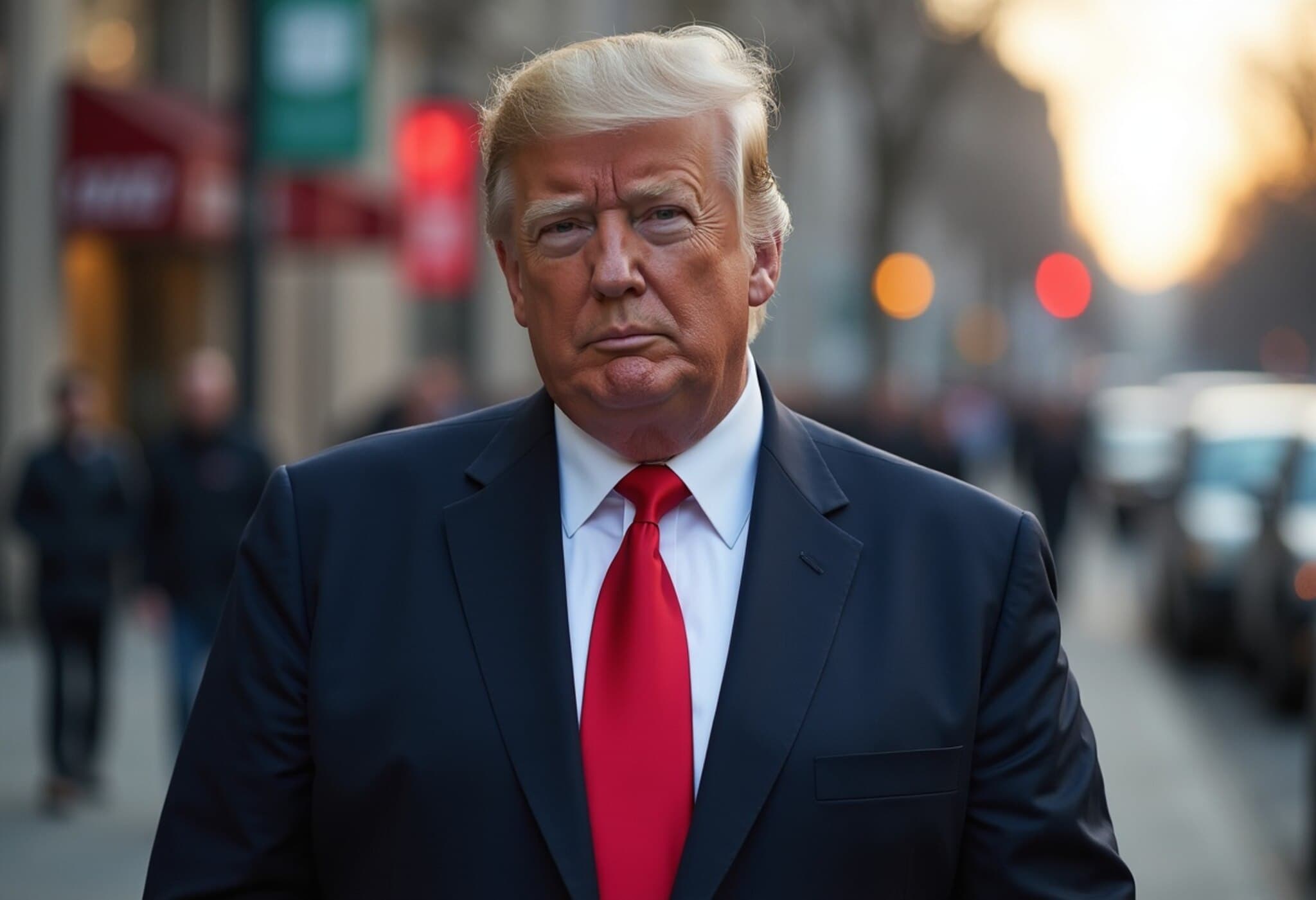Power Struggles Shake Trump’s Second Term Amid Rising Internal Frictions
Since reclaiming the Oval Office seven months ago, President Donald Trump’s administration—often dubbed Trump 2.0—has been embroiled in a series of internal conflicts that are threatening to derail his signature "Make America Great Again" (MAGA) agenda. Far from the unified front his base expected, fissures between key officials have surfaced in ways that complicate both foreign and domestic policy initiatives.
The Grenell-Rubio Rift: Diplomatic Discord Over Venezuela
One of the most consequential squabbles unfolding involves Richard Grenell, Trump’s Envoy for Special Missions, and Senator Marco Rubio, the Secretary of State. Their clash centers on a delicate diplomatic effort to secure the release of Americans unjustly detained in Venezuela—a mission emblematic of MAGA’s promise to protect citizens abroad.
As The New York Times reported, Grenell negotiated a deal that included extending Chevron’s license to operate in Venezuela’s oil sector—a move Rubio vehemently opposed, citing prior rejections of similar policies. While Grenell succeeded in repatriating seven detainees, Rubio publicly repudiated the oil license extension, creating confusion and sparking a White House scramble to manage the fallout.
White House Press Secretary Karoline Leavitt insists, "There is no faction or division," emphasizing Trump’s role as the final decision-maker. Yet, insiders like Elliott Abrams, former special representative for Iran and Venezuela, admit tensions are "certainly" present. This public discord signals deeper strategic disagreements, with implications for U.S. diplomacy in Latin America.
Justice Department vs. FBI: The Epstein Files Divide
Another high-profile rift threatens the administration’s cohesion: the ongoing dispute between the Department of Justice (DoJ) and the FBI regarding the Jeffrey Epstein investigation. Earlier this year, both agencies collectively found no evidence to support conspiracy theories suggesting Epstein was murdered, held compromising “client lists,” or blackmailed prominent figures.
This acknowledgment shattered longstanding myths cherished by segments of the MAGA base and far-right media, prompting heated arguments within the administration. FBI Deputy Director Dan Bongino went so far as to threaten resignation, igniting widespread unrest among Trump supporters who had embraced Epstein conspiracy theories, some fostered by FBI leadership before their appointments.
President Trump intervened on his social media platform TruthSocial, urging unity and chastising his team for internal squabbles over the case. He highlighted Attorney General Pam Bondi's dedication while acknowledging the case’s public fatigue. Still, the tension endures, illustrating the difficult balance between addressing baseless conspiracies and maintaining loyalty within the base.
Defense Secretary Hegseth’s Controversial Halt on Ukraine Aid
Meanwhile, Defense Secretary Pete Hegseth’s repeated decisions to pause military aid shipments to Ukraine stirred further discord. Although experts found these pauses unlikely to impair U.S. defense readiness, they created confusion about America’s stance amid ongoing geopolitical tensions in Eastern Europe.
In public comments, Trump indicated that these pauses were necessary responses to concerns about stockpiling weapons domestically, contrasting with the prior administration’s military support approaches. However, Trump also denied direct knowledge of the latest halt, highlighting possible communication gaps within his cabinet and the challenge of maintaining consistent foreign policy narratives.
The Iran Dilemma: Conflicting Intelligence and Political Messaging
The Trump administration’s hardline stance on Iran’s nuclear ambitions further exposed fractures in messaging and intelligence interpretation. While Trump warned that Iran was perilously close to acquiring nuclear weapons, top intelligence officials, including Director of National Intelligence Tulsi Gabbard, contradicted this assessment, stating Iran had halted its nuclear weapons program since 2003.
Gabbard later shifted her public position, aligning more closely with the president’s assertions, but the initial discrepancy unsettled some MAGA factions and foreign policy watchers. This internal ambivalence culminated in the U.S. partnering with Israel on strikes against Iranian nuclear facilities, an aggressive move that sparked debate over the administration’s strategic consistency and risk tolerance.
Other Tensions: Treasury and Tech Sectors in Flux
Beyond these headline disputes, friction has surfaced between Treasury Secretary Scott Bessent and tech magnate Elon Musk, previously in charge of the Dogecoin cryptocurrency movement, underscoring a broader pattern of discord within Trump’s inner circle and allied figures.
What These Struggles Reveal About Trump’s Second Term
These multiple, overlapping conflicts paint a portrait of an administration struggling to present a unified vision amid competing personalities and divergent political aims. Such internal division risks diluting the effectiveness of the MAGA platform, complicating both public messaging and nuanced policy execution.
Experts suggest that managing these pressures will require strategic prioritization and enhanced intra-administration communication. Failure to do so could weaken Trump’s political standing ahead of future electoral contests and diminish his ability to deliver on campaign promises.
Editor’s Note
As President Trump’s administration navigates these complex internal battles, questions arise about the sustainability of the MAGA coalition’s unity. How long can an agenda endure when key players publicly disagree on diplomacy, national security, and justice issues? Observers should watch closely how the president balances competing forces within his team, as the outcome will profoundly influence America’s political landscape and foreign policy direction in the years to come.

